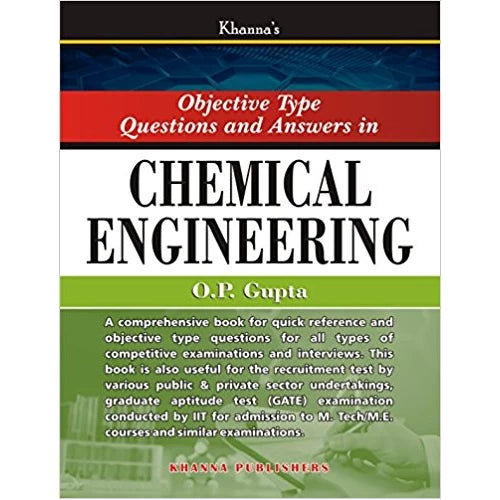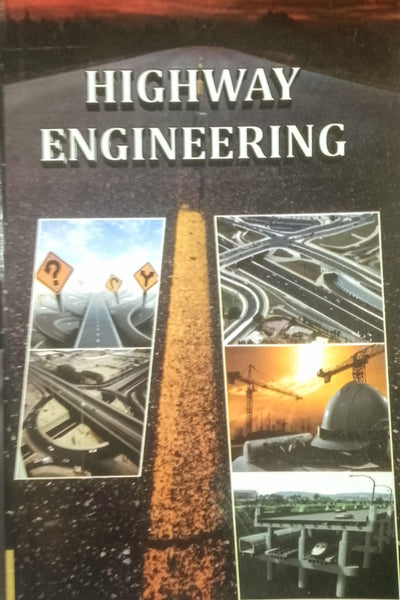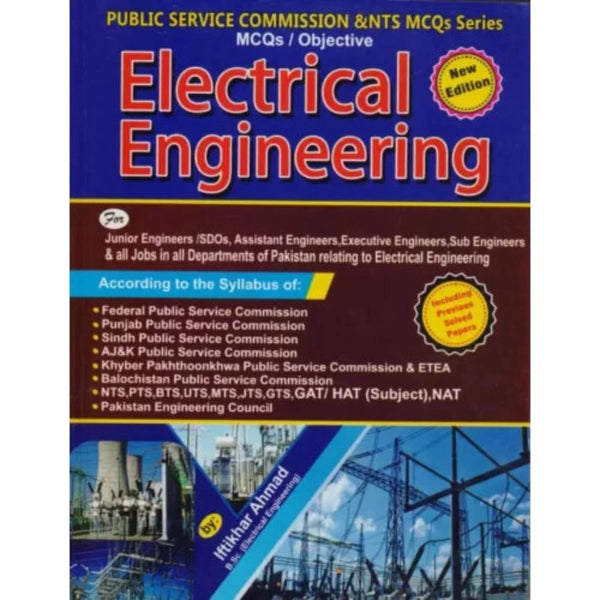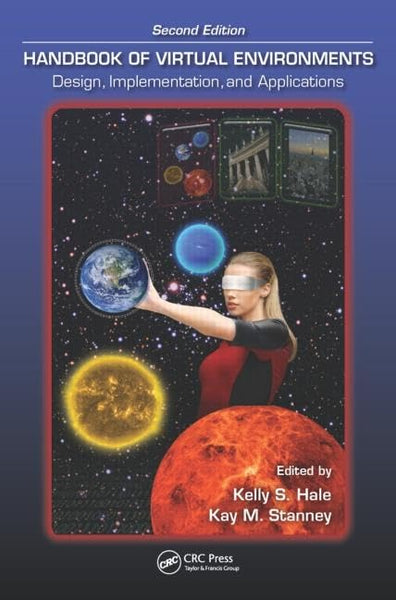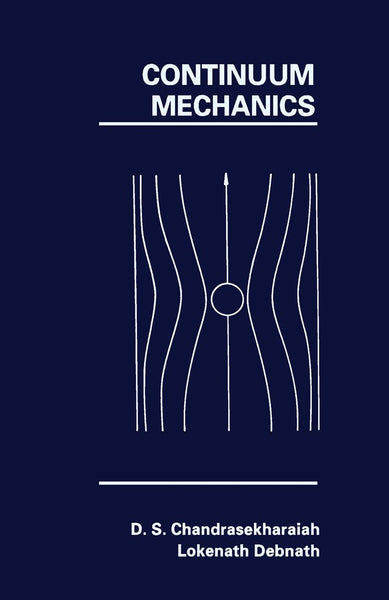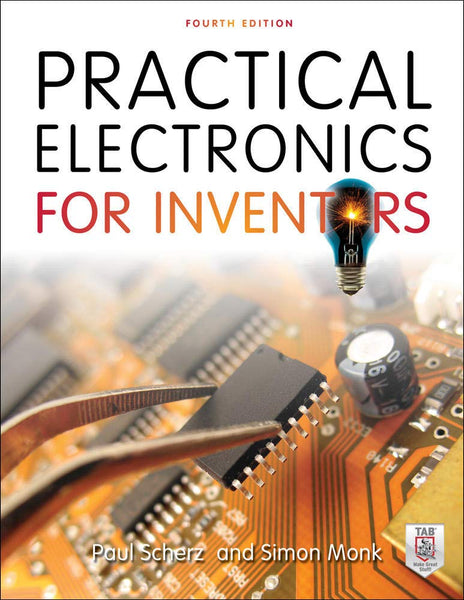In "Advanced Mathematical Methods for Engineering and Science Students" by G. Stephenson and P. M. Radmore, students are introduced to sophisticated mathematical techniques essential for tackling complex problems in engineering and science. With a focus on practical applications, the text equips learners with a strong foundation in advanced mathematical concepts crucial for success in their fields.
Key Points:
1. Vector Calculus: The book delves into vector calculus, providing a comprehensive understanding of vector fields, line integrals, surface integrals, and the divergence theorem. Through clear explanations and illustrative examples, students grasp the intricacies of vector calculus and its relevance in various scientific and engineering contexts.
2. Complex Analysis: Complex analysis is explored in depth, covering complex numbers, functions, differentiation, integration, and residues. By elucidating complex functions and their behavior, students gain insights into solving problems involving complex variables, crucial in fields like electrical engineering and fluid dynamics.
3. Fourier Analysis: The text elucidates Fourier series and transforms, elucidating their significance in analyzing periodic phenomena and signal processing. Through practical examples, students learn to apply Fourier analysis techniques to solve real-world problems encountered in engineering and physics.
4. Differential Equations: Differential equations, including ordinary and partial differential equations, are thoroughly discussed, along with methods for their solution. By mastering differential equation techniques, students acquire the tools to model and analyze dynamic systems encountered in engineering, physics, and other sciences.
5. Linear Algebra: Linear algebra concepts such as matrices, determinants, eigenvalues, and eigenvectors are covered extensively. Students develop a strong understanding of linear algebra's applications in various areas, including quantum mechanics, control theory, and computer graphics.
6. Laplace Transforms: The book introduces Laplace transforms and their role in solving differential equations and analyzing dynamic systems. Through detailed explanations and examples, students learn to apply Laplace transform techniques to solve complex engineering problems efficiently.
7. Special Functions: Special functions like Bessel functions, Legendre polynomials, and Hermite polynomials are explored, along with their applications in physics and engineering. By studying special functions, students gain insight into solving differential equations in diverse scientific and engineering contexts.
8. Integral Transforms: Integral transforms, including the Fourier, Laplace, and Z-transforms, are discussed comprehensively, emphasizing their utility in solving differential equations and analyzing signals and systems. Through practical examples, students learn to leverage integral transform techniques effectively in engineering and scientific applications.
9. Green's Functions: The concept of Green's functions and their applications in solving differential equations with boundary conditions is elucidated. By understanding Green's function methods, students acquire a powerful tool for solving boundary value problems encountered in physics, engineering, and applied mathematics.
10. Probability and Statistics: Probability theory and statistics are introduced, covering topics such as probability distributions, statistical inference, and regression analysis. By mastering probability and statistics concepts, students develop the analytical skills necessary for data analysis and decision-making in engineering and scientific research.
In conclusion, "Advanced Mathematical Methods for Engineering and Science Students" offers a comprehensive and practical guide to advanced mathematical techniques essential for students pursuing careers in engineering and science. Through clear explanations, illustrative examples, and practical applications, the text equips learners with the mathematical proficiency necessary for success in their fields.



